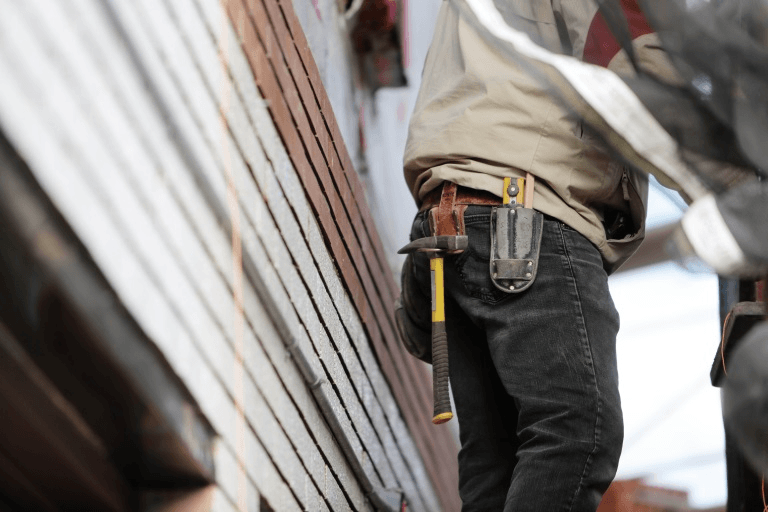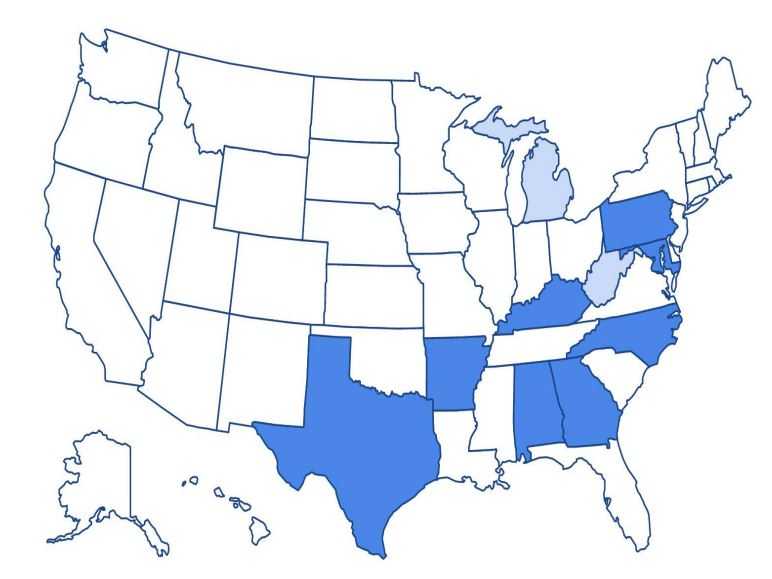Last year, the U.S. Department of Energy (DOE) announced that eight states would be part of a three-year Residential Energy Code Field Study. Once completed, the study will provide an unprecedented opportunity to develop new strategies for education, training, and outreach for improving the energy efficiency of single-family homes, as well as a measurement of the impact those activities have on residential energy use.
 However, we don’t have to wait three years to begin learning from this initiative. This month, DOE presented the initial field data findings from six of the eight participating states. The results, presented during a public webinar, were surprising – and indeed, much better than many had anticipated. While previous studies showed low compliance with energy codes in many states and jurisdictions throughout the U.S., the DOE field study data shows that most homes are performing at or better than code, on average. That being stated, the findings do not give a blanket stamp of approval, nor do they mean that homes are meeting all of the prescriptive energy code requirements.
However, we don’t have to wait three years to begin learning from this initiative. This month, DOE presented the initial field data findings from six of the eight participating states. The results, presented during a public webinar, were surprising – and indeed, much better than many had anticipated. While previous studies showed low compliance with energy codes in many states and jurisdictions throughout the U.S., the DOE field study data shows that most homes are performing at or better than code, on average. That being stated, the findings do not give a blanket stamp of approval, nor do they mean that homes are meeting all of the prescriptive energy code requirements.
By averaging the findings, the data takes into account homes that are being built above the minimum code requirements along with those that are built below the code minimums. This means there’s still a big opportunity to improve residential construction practices and reap cost-effective energy savings for home owners. For example, DOE estimated a one-year energy cost savings potential of $427,428 in North Carolina based on data gathered in the state’s field study. There’s also room to improve the codes in use: Seven of the eight states involved in the study are currently operating under the 2009 International Energy Conservation Code (IECC). As of December 7, only Maryland – one state included in the study – had the 2015 IECC in place.
Collecting Construction Data
 The results of this work carry national relevance: Along with Maryland, other states included in the study are Alabama, Arkansas, Georgia, Kentucky, North Carolina, Pennsylvania, and Texas. The findings from Alabama were collected under the direction of my organization, the Institute for Market Transformation (IMT). Additionally, West Virginia and Michigan are doing field studies following DOE’s methodology, although they’re not formally part of the initial eight-state project.
The results of this work carry national relevance: Along with Maryland, other states included in the study are Alabama, Arkansas, Georgia, Kentucky, North Carolina, Pennsylvania, and Texas. The findings from Alabama were collected under the direction of my organization, the Institute for Market Transformation (IMT). Additionally, West Virginia and Michigan are doing field studies following DOE’s methodology, although they’re not formally part of the initial eight-state project.
DOE’s two primary goals for this project are to: (1) test a national methodology for measuring the impact of energy code compliance on energy use, based on energy use intensity (EUI); and (2) establish a business case to encourage private investment in the energy savings available through the energy code. As such, the study comprises three main stages:
- A baseline study to identify the energy use in typical single-family residential buildings in a given state and opportunities for improving energy efficiency.
- An education, training, and outreach phase targeting issues identified through the baseline study.
- A post study to identify the change in energy use following the education, training and outreach activities.
Over the past twelve months, teams in each state have collected data on new single-family residential construction, following a strict data-collection process (i.e. no occupied homes could be included in the study, among other control factors). The data collection teams also had to gather observations on items that have the greatest impact on energy use—for example; envelope tightness, foundation insulation, and duct leakage, to name a few key elements.
Examining the Findings
So what is the study telling us now? Here are some highlights as they relate to key elements that have the greatest impact on energy use.
 These graphs show envelope tightness test results in six participating states. They show the results from envelope leakage testing performed as part of the DOE Field Study in six states. The vertical dashed line represents maximum air leakage (in ACH50) allowed under that state’s energy code. The different color dots represent the climate zone (2-5) in which the test was conducted. All dots to the right side of the dashed line are homes with higher leakage rates than the code allows, while all dots to the left are homes with leakage rates lower than the code minimum. The “n” designation refers to the total number of tests conducted in that state.
These graphs show envelope tightness test results in six participating states. They show the results from envelope leakage testing performed as part of the DOE Field Study in six states. The vertical dashed line represents maximum air leakage (in ACH50) allowed under that state’s energy code. The different color dots represent the climate zone (2-5) in which the test was conducted. All dots to the right side of the dashed line are homes with higher leakage rates than the code allows, while all dots to the left are homes with leakage rates lower than the code minimum. The “n” designation refers to the total number of tests conducted in that state.
What do the findings mean?
Overall, the initial data and analysis coming out of DOE’s Residential Energy Code Field Study demonstrate the success of energy codes as an effective policy tool for driving energy efficiency in the single-family residential housing market. It also demonstrates the diligence of builders and local building officials in ensuring compliance with the energy codes adopted in their states.
A few additional takeaways for builders are:
- Builders should pay special attention to the lighting that they are installing. The data seemed to indicate that in some states about half of builders were installing no high-efficacy lamps. LEDs or Compact Fluorescent Lamps (CFLs) can be used to meet the high-efficacy lighting requirements of the IECC.
- While most homes met the requirements for duct and envelope leakage testing, this requirement will become more difficult to achieve when states move to more recent versions of the IECC. This means builders will have to pay greater attention to how their homes, and ductwork, are sealed.
To view DOE’s presentation from the webinar along with the raw data collected in six of the eight states and lots of additional project information, please visit the DOE Building Energy Codes Program website.
A version of this blog post appears in Builder Magazine. For more on the DOE field study and why building energy codes are an increasingly important issue for builders and efficiency advocates, read this new article in Energy Manager Today.